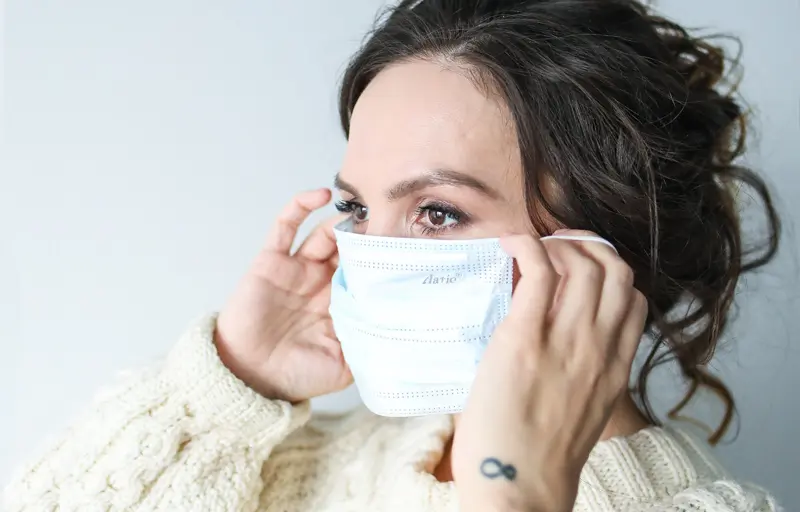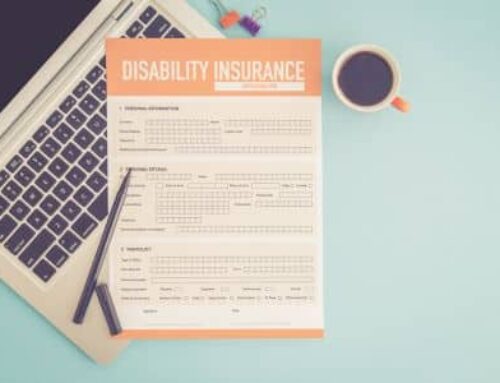A global novel virus, the COVID-19 pandemic, could keep Americans at home for months. As a result, government, healthcare, the economy, society, and lifestyles will change in many unknown ways.
Immediately, the pandemic is creating a rise in telemedicine, as patients seek virtual consultation and remote office visits with healthcare providers. Meanwhile, other institutions and businesses are similarly adapting quickly to a virtual workflow. In fact, even government bodies like Congress could move toward virtual legislating.
Today, federal and state governments are responding to the coronavirus with rapid changes. As a result, many new laws and regulations have changed almost overnight. As we write this, more big changes are forthcoming as the United States Senate attempts to arrive at an economic stabilization package.
COVID-19 Resources and Updates
To help you stay up-to-date, we have compiled a list of COVID-19 resources and updates that we thought would be helpful to you. As more information becomes available, we’ll keep you updated.
Coronavirus Information from the Department of Financial Services
The Department of Financial Services for New York State offers Coronavirus information for industry and related entities. The website offer industry guidance for the insurance industry, financial institutions, and other institutions.
Important Topics Include:
- How insurers and healthcare providers should respond to the sudden surge in telehealth services
- The ways financial institutions can support consumers and businesses impacted by COVID-19
- Changes to how insurers should cover testing and treatment for COVID-19
Paid Sick Leave Information for New York State
Governor Andrew M. Cuomo and the state government have passed a new law to guarantee job protection and paid sick leave for employees affected by mandatory quarantines or isolation.
The Emergency COVID-19 Paid Sick Leave law ensures job protection for the duration of the state quarantine order. Notably, the benefits change dramatically based on the number of an employer’s employees and net income. Also, the website guides employees who work from home to additional resources.
The Families First Coronavirus Response Act
After a first emergency funding bill, President Trump signed a second coronavirus emergency aid package into law on March 18, 2020. The package called the Families First Coronavirus Response Act includes provisions for paid sick leave, expanded unemployment benefits, as well as free testing.
Notably, the bill expands employee coverage under the Family and Medical Leave Act (FMLA), and issues mandated COVID-19 coverage for employer-sponsored group plans.
Centers for Disease Control (CDC) Interim Guidance
The CDC’s strategies and recommendations based on what is currently known about COVID-19 are designed to help:
- reduce transmission among employees,
- maintain healthy business operations, and
- maintain a healthy work environment
The guidance provides important details for issues like how to go about: separating sick employees, and how to educate them about best practices. Thus, more employees can avoid getting sick or transmitting the coronavirus.
Occupational Safety and Health Act (OSHA) Guidance
OSHA’s guidance provides recommendations and descriptions of mandatory safety and health standards. The guidance suggests how to update existing plans for influenza pandemics to address the exposure risks of COVID-19. Like the CDC guidance, it outlines specific steps to reduce the risk to workers.
Fair Labor Standards Act Questions and Answers on COVID-19
The U.S. Department of Labor (DOL) issued this page to answer questions about how to respond to COVID-19 under the Fair Labor Standards Act (FLSA).
The questions and answers cover a range of important topics affecting the shift to telework, the laws concerning volunteers, temporary employees, and how to address OSHA requirements for employees working at home.
We hope this list of resources will be helpful to you as you adapt to the new reality created by the COVID-19 pandemic. Stay safe, practice social distancing, and we’ll get through this together.






